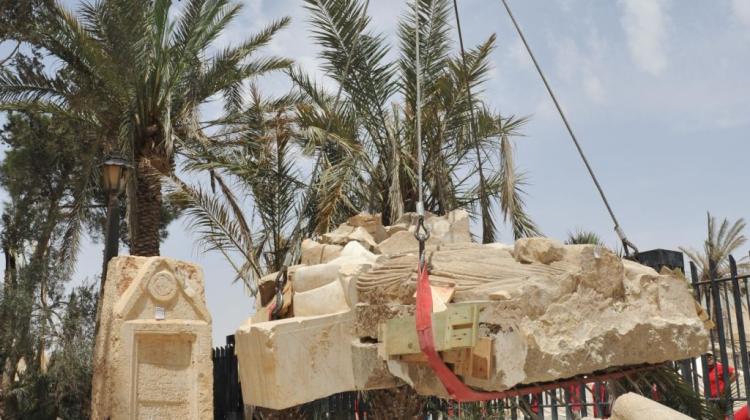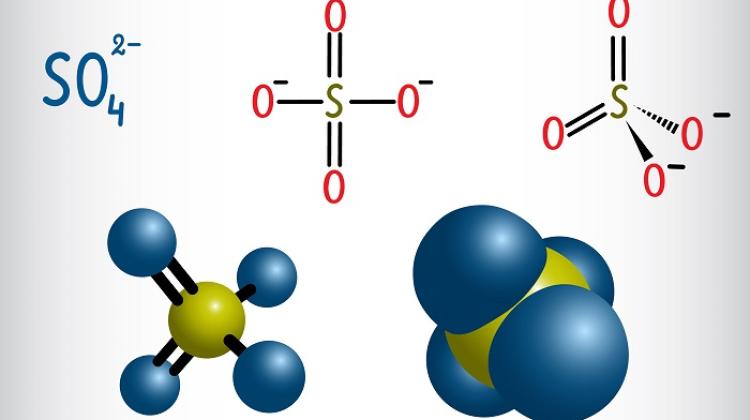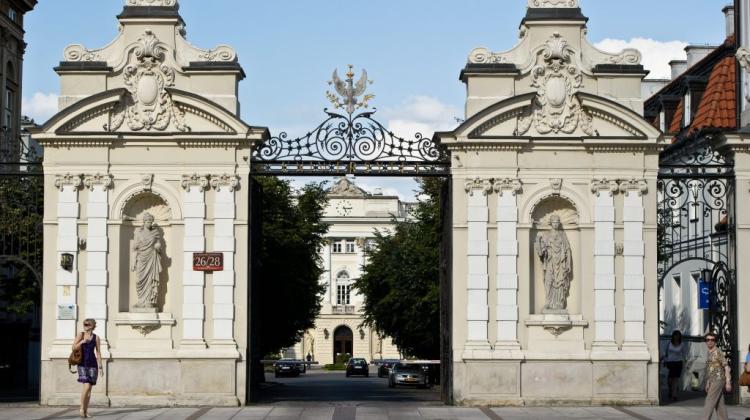Polish scientists continue to work in the Syrian Palmyra
 Moving a fragment of the lion statue. Source: PCMA
Moving a fragment of the lion statue. Source: PCMA
Nearly 80 crates with monuments from the museum in Palmyra, Syria have been prepared for evacuation by a group of Polish archaeologists and restorers from the Polish Centre of Mediterranean Archaeology of the University of Warsaw (PCMA).
This time, the experts were in Palmyra - ancient city destroyed during the occupation by extremists from the so-called Islamic State - at the turn of April and May. Their work was a continuation of the previous visit, which took place earlier in April. Polish experts came to the site shortly after the recapture of the city from the fanatics. They were the first foreign specialists to take part in the rescue of monuments.
"This time, their activities consisted in securing the monuments and preparing them for possible transport, as well as collecting fragments of sculptures and stucco deliberately broken or damaged during the war. Experts drew up a report on the condition of the monuments that they had found in the museum halls" - read the PCMA release sent to PAP.
Art conservator Bartosz Markowski, who took part in the field activities of the mission said in an interview with PAP that almost 80 boxes of monuments could be prepared for transport. All the artefacts must be evacuated from the museum because the building may collapse.
The experts also worked on securing the symbol of Palmyra - lion statue discovered by Poles during excavations at the Temple of Al-lāt in 1977. Monument for decades stood in front of the entrance to the museum. Islamic extremists tore down the statue and partially destroyed it. Poles were able to pre-assemble and secure it. It was necessary to use a crane, as the monument weighs more than 10 tons.
Poles also worked on securing the marble statue of Athena - Al-lāt. "Unfortunately, it turned out that it lost its head and shoulders and was in a very bad condition. Dozens of larger pieces were found, but the smallest fragments crumbled to dust as a result of the so-called marble saccharification process" - experts informed.
Conservators Bartosz Markowski and Robert Żukowski postulate to create a catalogue of losses of the museum in Palmyra. In their opinion, proper conservation and restoration will be possible only after transporting damaged monuments from Palmyra to museums in Homs and Damascus.
"We have gained the gratitude of Syrian colleagues not only with the contribution of work and knowledge, but also expression of elementary solidarity with the people affected by armed conflict Syria has suffered for five years. In the near future decisions will be made on the possible further involvement of Poles in the work on the monuments of Palmyra. This may involve several years of inventory of losses as well as conservation and restoration of damaged monuments" - said director of the PCMA Dr. Tomasz Waliszewski, quoted in the release.
Poles are engaged in excavations in Palmyra since 1959. Research was initiated by the pioneer of Polish Mediterranean archaeology, Prof. Kazimierz Michalowski. The expedition from the Polish Centre of Mediterranean Archaeology of the University of Warsaw worked there until 2011. Later, the work was suspended due to the outbreak of armed conflict. Monuments of the ancient city became a target of Islamic State in 2015.
Palmyra was the city, which brokered the trade between the Roman Empire and the Far East - Persia, China and India. In the I-II century it became one of the largest metropolises in the Mediterranean. As a tourist attraction it was famous for its scenic, monumental stone architecture - long colonnades and numerous temples dedicated to various deities. The city became a UNESCO World Heritage Site in 1980.
PAP - Science and Scholarship in Poland
szz/ mrt/
tr. RL
Przed dodaniem komentarza prosimy o zapoznanie z Regulaminem forum serwisu Nauka w Polsce.


















